
Lens Materials Explained
Which type of lens material should I use for my prescription glasses or sports sunglasses?
The material used in your glasses or sunglass lenses will affect their clarity, durability weight, and cost. Below are the main advantages and disadvantages of the various lenses available on the market.
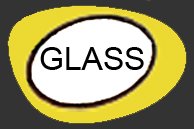
Glass Lenses (1.52 to 1.9 Index)
Originally, all lenses were made of glass, which while it made them very resistant to scratching, also made them very heavy and prone to breakage. These lenses are now becoming obsolete with the exception of toughened lenses for industrial safety glasses.
Advantages:
- Exceptional scratch resistance (don't need scratch resistant coating).
- Excellent optical clarity.
- Anti-reflective (AR) coating adheres to glass very well.
Disadvantages:
- At least twice the weight of plastic or polycarbonate lenses.
- About 25 to 40 percent thicker than polycarbonate and high index plastic lenses.
- Can shatter or chip easier than lenses made of other materials.
- Require a special coating to provide 100% UV protection.
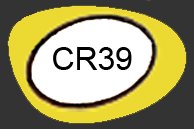
Plastic Lenses – CR39 (1.5 Index)
CR 39 is the most common optical polymer in the ophthalmic field. It refers to the type of plastic that is used to make prescription lenses. The lens comes from pouring the liquid polymer into a mould of optically treated glass. This enables to obtain a lens with the same characteristics of the originating glass. It provides very little distortion (more than glass but less than polycarbonate), it is more lightweight and thinner than glass making it comfortable to wear and it is more impact resistant though it may still break and shatter upon impact. As such, it is not recommended for active sports.
Advantages:
- Good optical quality.
- Lightweight - About half the weight of glass lenses.
- More shatter resistant than glass lenses.
- Plastic lenses accept tints easily with uniform grade colours.
Disadvantages:
- About 20 to 35 percent thicker than polycarbonate or high index plastic lenses.
- Require scratch-resistant coating for added durability.
- Require a special coating to provide 100% UV protection.

Polycarbonate Lenses (1.59 Index)
Polycarbonate is one of the strongest and safest materials on the market. They have exceptional strength and resilience. They will survive the impact of a steel ball travelling at 160 km/hr without shattering which meets EN/EU grade for Low Energy Impact Resistance (small particle).
Our entry level glazing packages offered for our rimless and semi-rimless glasses are polycarbonate lenses. Due to the nature of these types of frames where the lenses have to be drilled or clipped into the frame, polycarbonate will greatly reduce the possibility of damage.
Advantages:
- Excellent impact-resistance - 10 times more impact resistant than other lenses.
- Thin - About 20 to 25 percent thinner than plastic or glass lenses.
- Lightweight - About 20 percent lighter than plastic lenses.
- Blocks 100 percent UV rays without needing a special coating.
Disadvantages:
- Requires scratch-resistant coating for durability.
- Peripheral vision may be slightly less clear in strong prescription powers.
- More lens reflections than glass or plastic lenses (AR coating recommended).
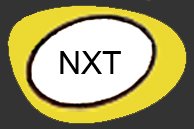
NXT Lenses (1.53 Index)
NXT was originally created in the USA for military applications as a new bullet-proof, transparent and light-weight material capable of providing superior protection, reliability and longer lasting performance than polycarbonate. It is a unique material that combines the advantages of CR39, Mid-Index lenses and polycarbonate, but leaves out all their inherent weaknesses. In fact it is a lens without weakness! It is the best material for mild to moderate prescriptions.
Advantages:
- Superior impact-resistance. Passes all impact resistance standards (ANSI Z-87.1 Impact Resistance Standard and High Speed Impact Test, EN 166) and its impact resistance is higher than polycarbonate.
- Excellent optical clarity even for higher powers.
- Flexible and ultra-lightweight. About 10% lighter than polycarbonate and 16% lighter than CR-39.
- Solvent resistant.
- Blocks 100 percent UV rays without needing a special coating.
- Thin – Ideal for those with lens powers of between -5 to +5.00.
- Not sensitive to stress cracking.
Disadvantages:
- More expensive.

Mid to High Index Plastic Lenses –Thin and Lite and Super Thin and Lite (1.6 & 1.67 Index)
Mid and high index lenses are for people with a high prescription. They allow spectacle lenses to be made thinner, lighter and flatter than previously possible. They are compressed lenses that offer better optical viewing through them. For higher prescriptions they not only reduce the weight by up to 50% but also reduce the thickness by up to 60% making them more attractive cosmetically. In addition to making the glasses look cosmetically better, they will feel lighter on your nose, and the flatter shape of the lens will make things look less distorted towards the edges of your lenses. Worth considering 1.6 index lenses if your prescription is between +/-2 and +/-4 spheres and the 1.67 index lenses if +/-4 spheres and over.
Advantages:
- Lightweight - Between plastic and polycarbonate lenses in weight.
- Thin - About 15 to 40 percent thinner than plastic lenses.
- Better peripheral optics than polycarbonate lenses (for prescription sunglasses).
Disadvantages:
- Requires scratch-resistant coating for durability.
- More lens reflections than glass or plastic lenses (AR coating recommended).
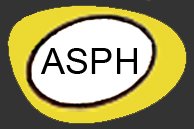
Aspheric Lenses
Aspheric lenses have complex curved surfaces that gradually changes in curvature from the centre of the lens to the outer edge. Whereas conventional lenses have a front surface that is spherical, meaning it has the same curve across its entire surface, much like a football. The key benefits of aspheric lenses compared to spherical lenses are listed in the table below.
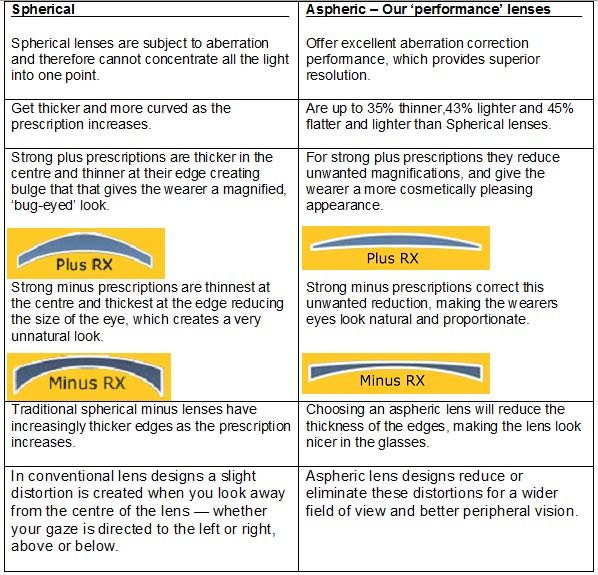
What if I buy Aspheric designed lenses that are high index (Thin & Lite or Super Thin & lite)?
The combination of an aspheric design with high-index lens materials creates a lens that is noticeably slimmer, thinner and lighter than conventional glass or plastic lenses.
Free-form Design
‘A new technology that could change the way you see—forever.’
Called ‘free-form’ these lenses are Aspheric. However using the latest free-form technology, they are cut using a digital design manufacturing process that takes into consideration over 40,000 points across the lens enabling lenses to be produced with 0.01D power accuracy. This gives lens designers the ability to reduce lens aberrations even more than they are using conventional lens design and processing techniques.
What are the benefits of Free-form lenses?

Many leaders in the vision industry expect free-form technology to be the next revolution in vision correction. Lighter and thinner than standard lenses they provide exceptional night/low light vision reducing glare and halo effects from car headlights. They also offer exceptional contrast perception sharpening vision and improved colour rendition providing brighter and more intense colours. This is particularly important for varifocals and highly curved lenses as it ensures they provide the best vision across the whole curvature of the lens avoiding optical distortions that can occur in the periphery area of vision.
Will I benefit from Free-form Lenses?
To use an analogy, it is similar to comparing high-definition television with the old analog TV picture quality. All of a sudden the old TV seem drab and blurry. High-definition TV makes colours brighter, shapes sharper, and brings everything keenly into focus. Now imagine having the same experience with your glasses. Of course, you can see fine with the ones you have, just like watching analog TV was fine when that was all you had.
However, while everyone can benefit to a certain extent from free-form lenses, since these lenses are usually made with more aberration and distortion control and improved power accuracy, individuals with higher eyeglass prescriptions will notice greater benefits than people with only mild prescriptions.
They also benefit people with complex prescriptions and those that select frames with higher base curve lenses which are more complex to produce. If you order an 8 base wrap prescription from Eyekit we will only offer free form lenses for this reason. By using free form lenses we can ensure they will provide good vision across the whole curvature of the lens and avoid the optical distortions that can occur in the periphery area of vision with standard lenses.
- Ordering Prescriptions
- Lens Options Explained
- About Glasses
- About Sunglasses
- About the Eyewear Brands
- Eyecare
- Eye Conditions
- Frequently Asked Questions
- Blog
- About Us
- Why Choose Eyekit for your Prescription?
- Varifocal Prescriptions
- Tint Colour Options for Prescription Lenses
- Special Offers
- Guide to Buying Eyewear Online at Eyekit
- Choosing Eyewear for Sport
Latest From Eyekit
Rain Rain Go Away- Why you need a Crystal Vision Coating on your Prescription Glasses and Sunglasses
The snow was short lived but us Brits know that the Winter/ Spring showers have just begun. You know how it starts, you get out your bike or you figure out your hike for the day on the map and
Eyekit’s Top 10 Tips to Help You Keep Your New Year’s Resolution
Every year we make them and every year we try and try but eventually break them. So its time to stop the cycle and (maybe take up...
Our top 5 Eyewear items to Help Your Eyes this Lock Down
We have looked at our top 5 most popular Eyewear items that people needed during the last lockdown that could help you with this...
Veganuary - Can Excluding Animal Products Have an Impact on Your Eyesight?
We often make connections between diet and cardiovascular disease or obesity but we often forget that eye sight and vision loss is also linked to...
Winter Is Here
Here's how you can help out your eyes this winter. THE SUN HAS GOT HIS HAT ON- even in winter You might only think you need your sunnies...








